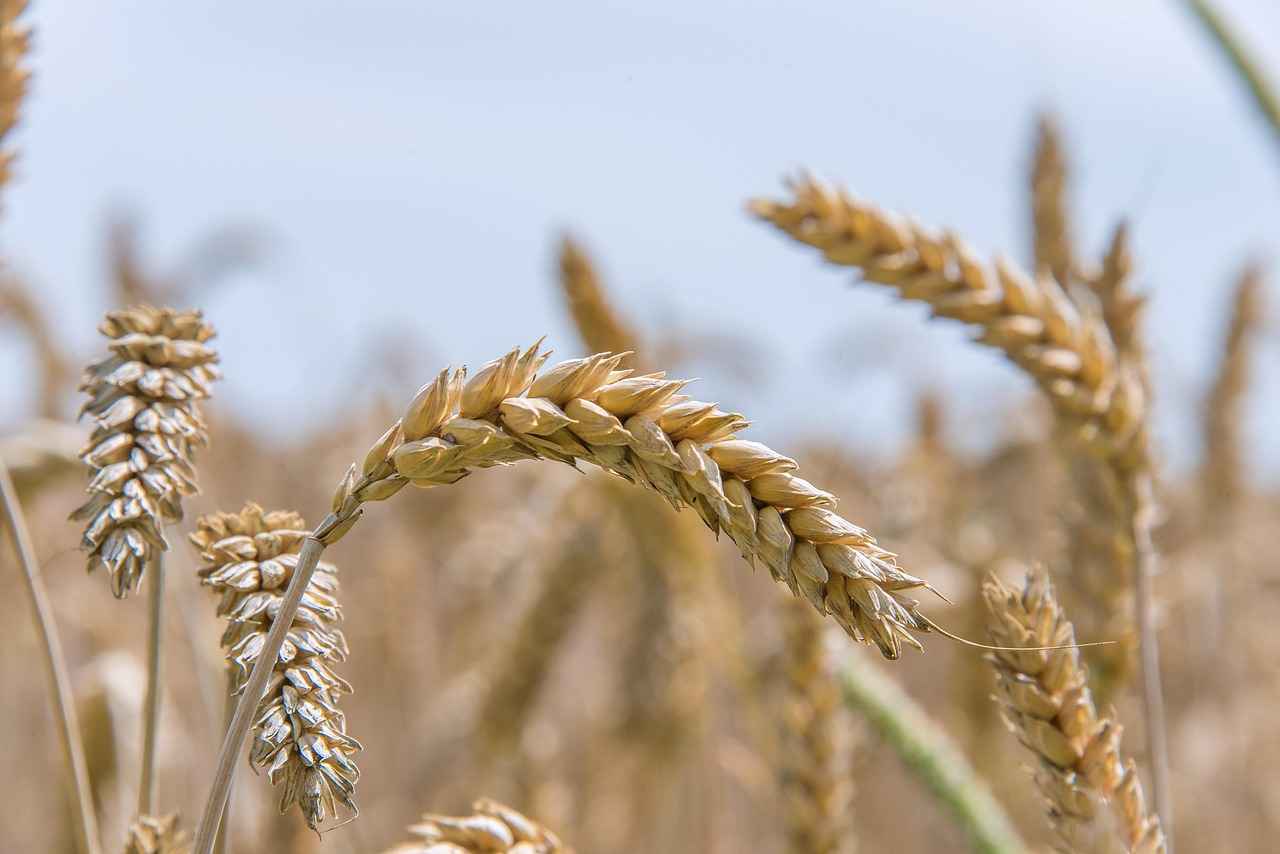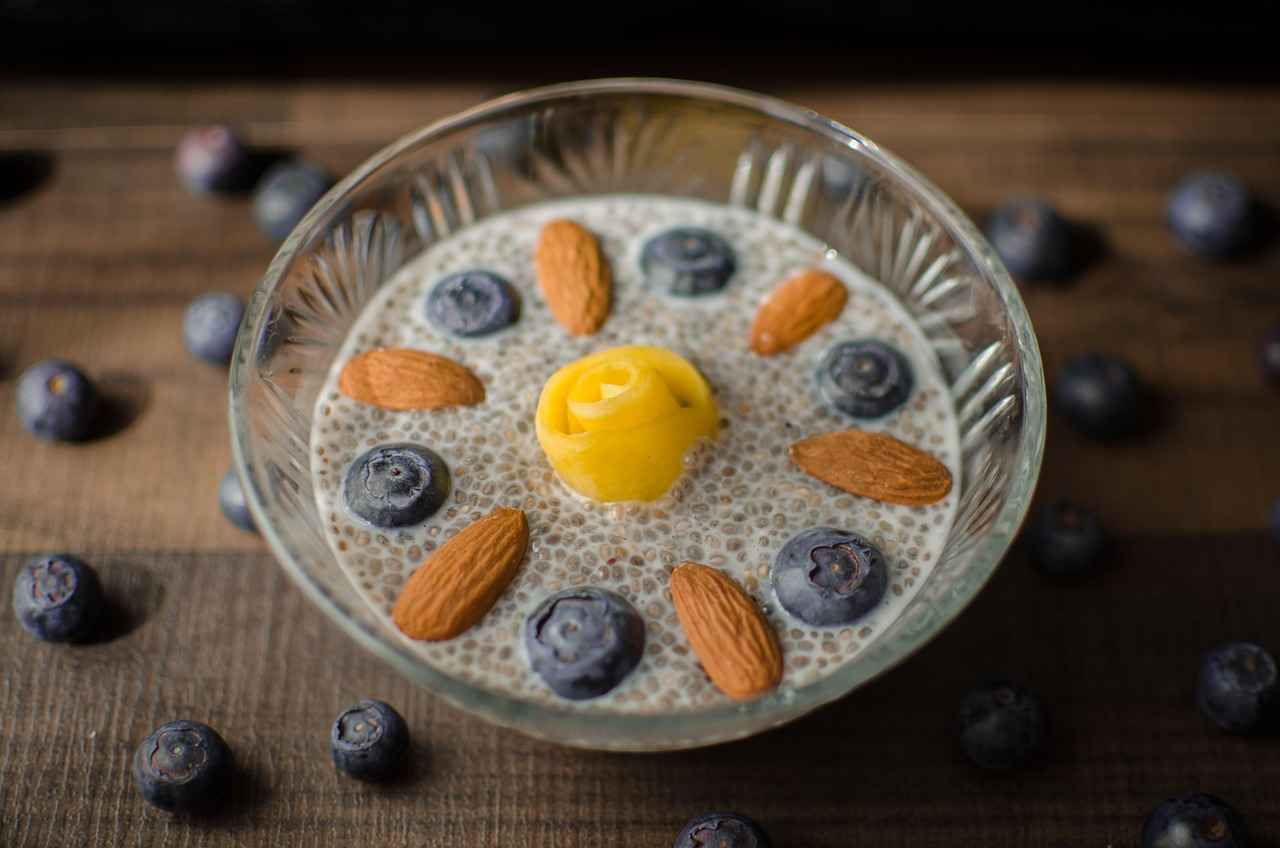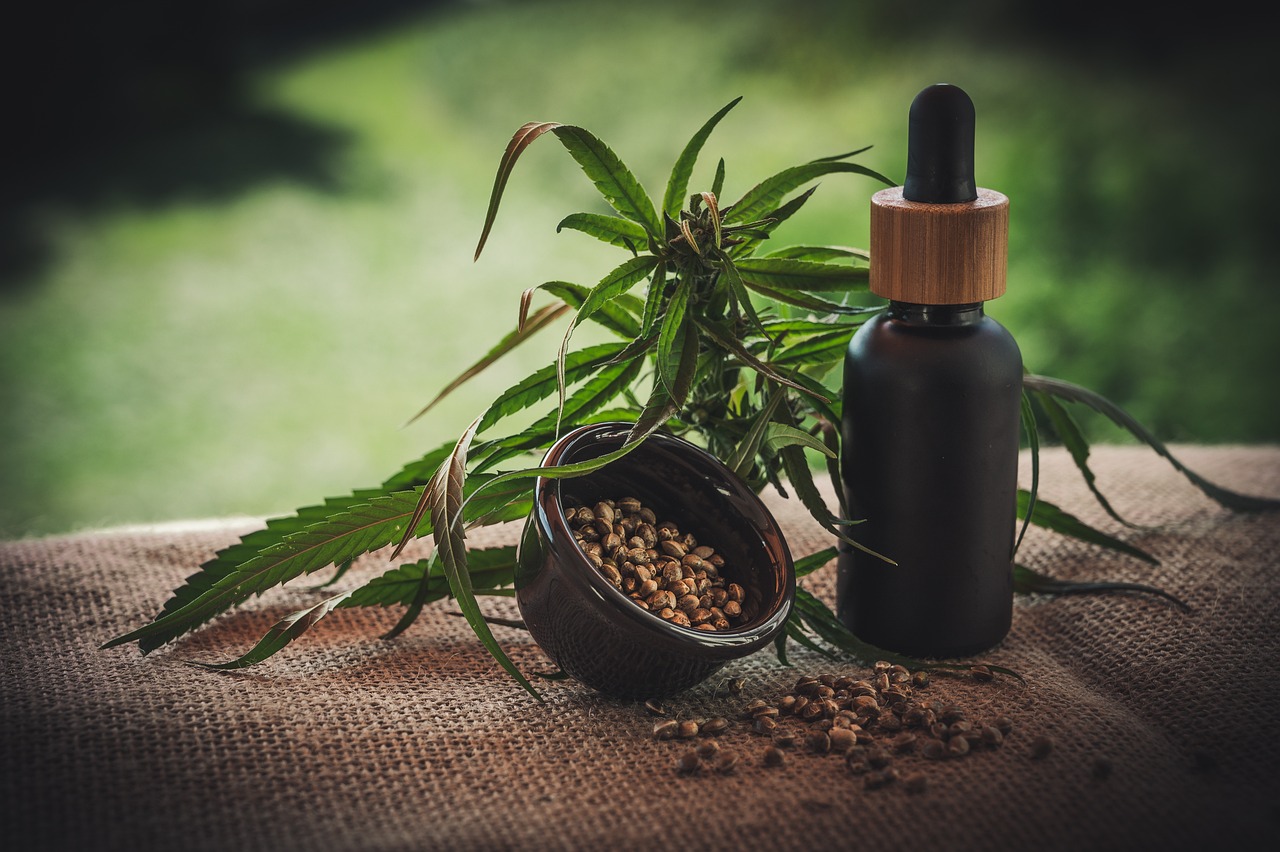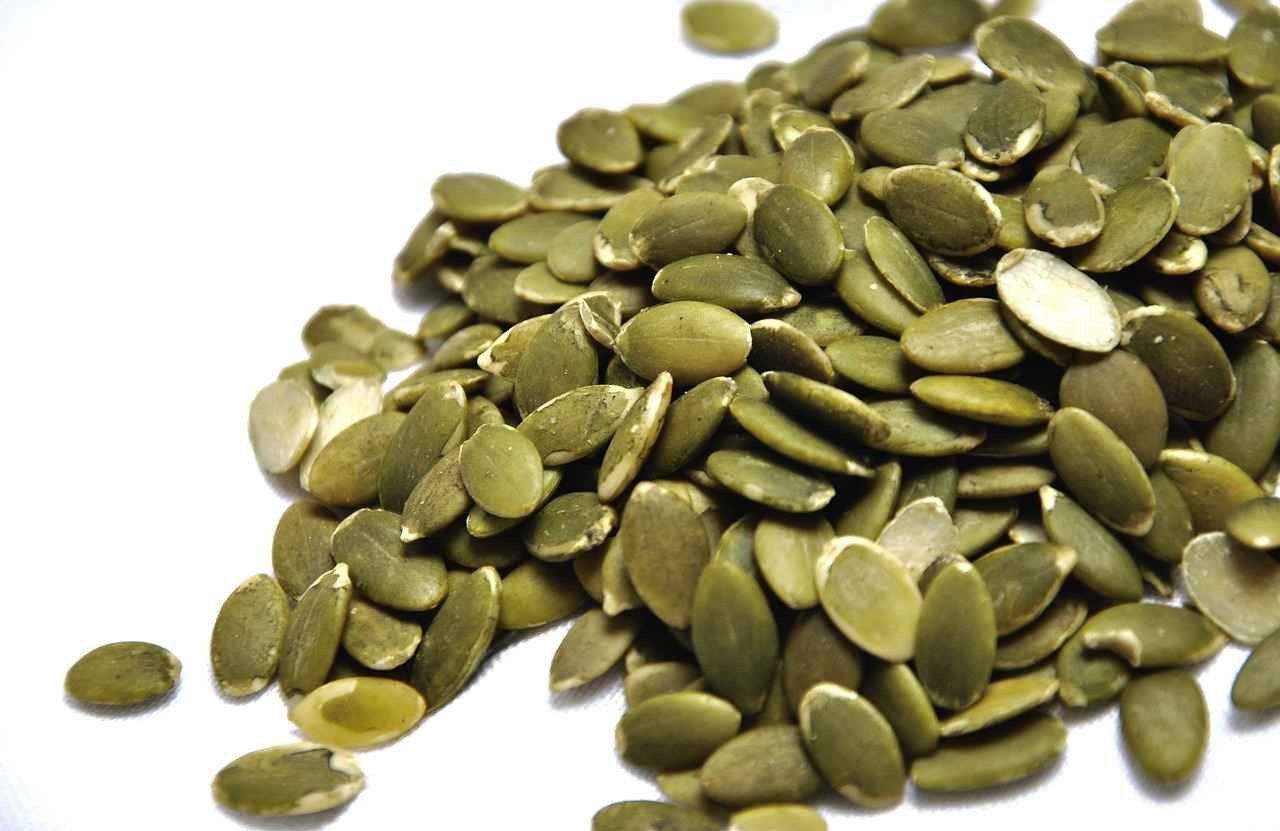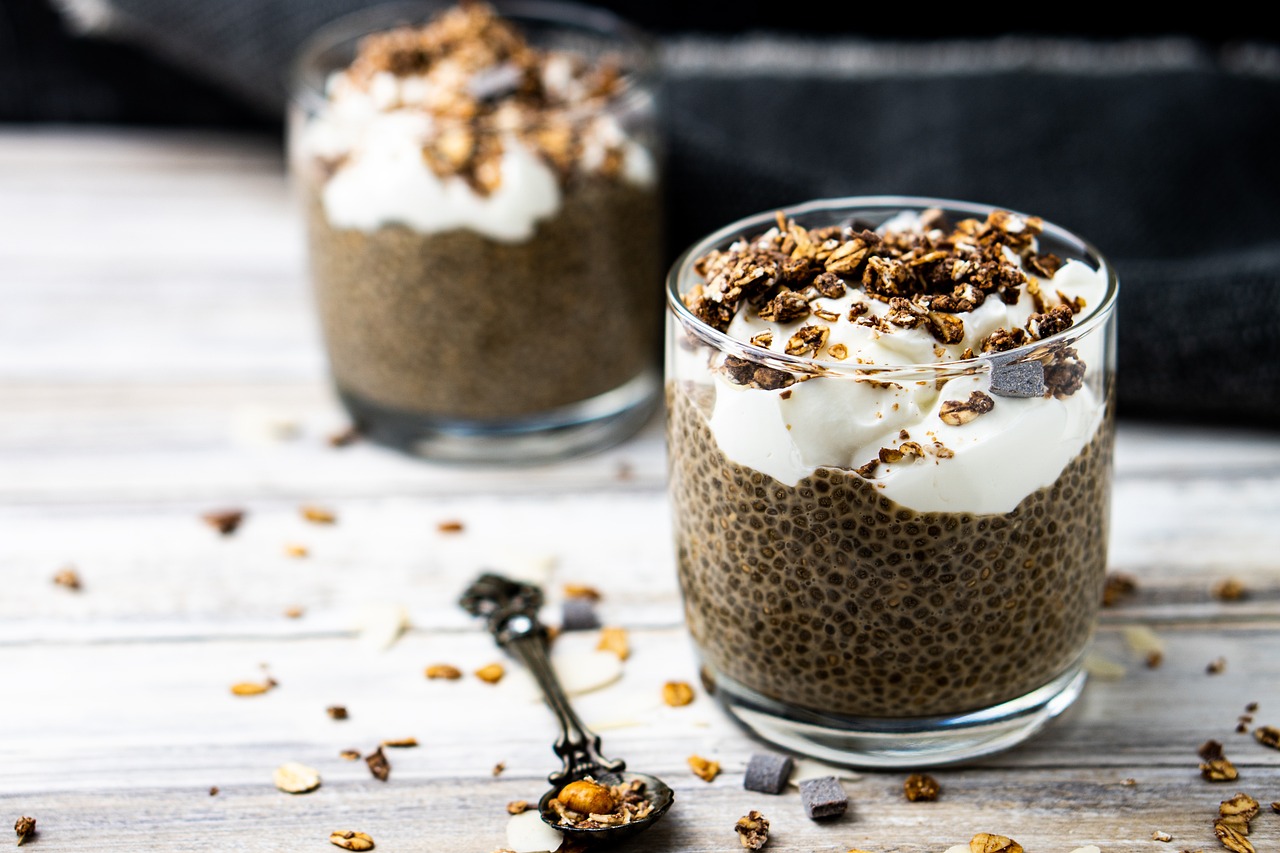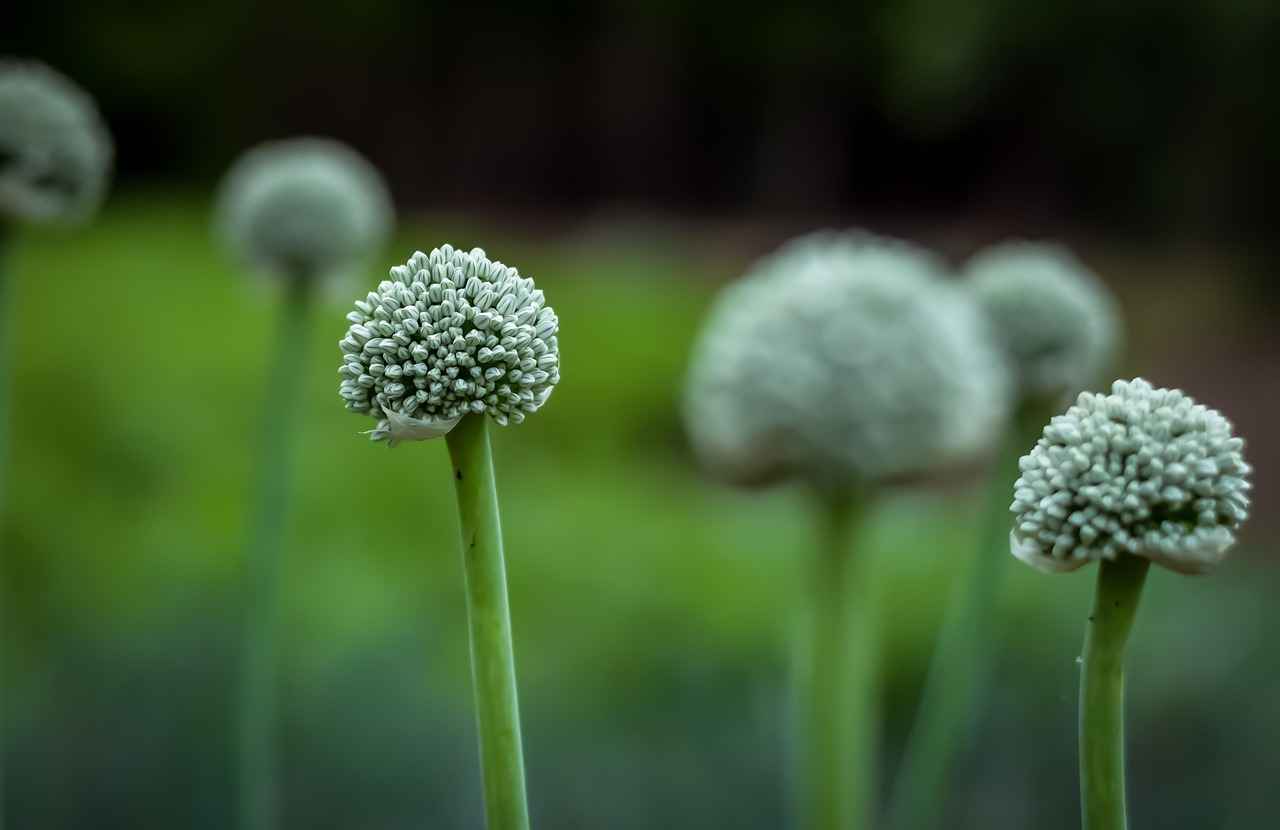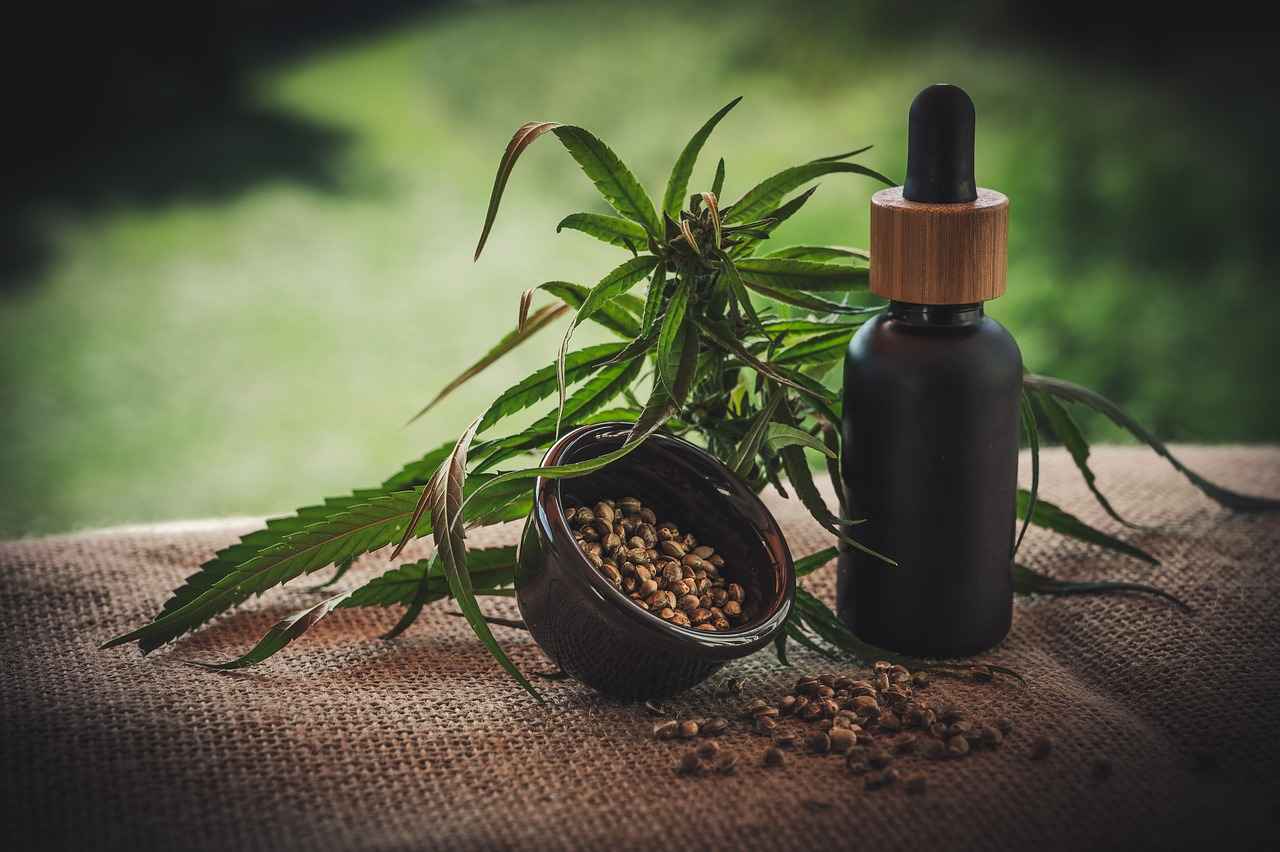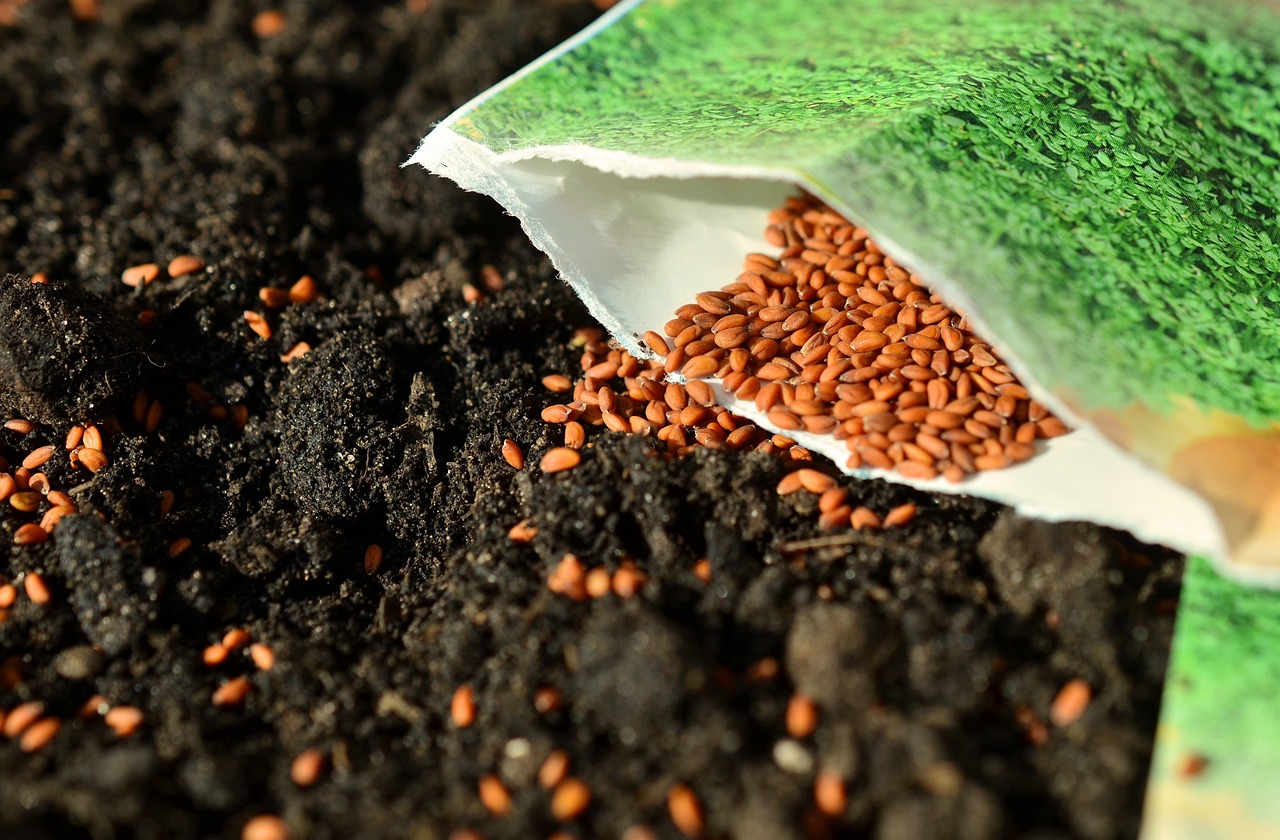Chia seeds have gained immense popularity in recent years due to their remarkable health benefits and nutritional profile. This article delves into the optimal daily intake of chia seeds, emphasizing their advantages, nutritional content, and practical tips for incorporating them into your diet effectively.
Chia seeds are small, black or white seeds derived from the Salvia hispanica plant, native to Central America. These tiny seeds are a powerhouse of nutrients, packed with omega-3 fatty acids, fiber, and antioxidants. Their unique ability to absorb water and form a gel-like consistency makes them versatile in various culinary applications.
- Improved Digestive Health: Chia seeds are rich in fiber, which aids in digestion and promotes a healthy gut.
- Enhanced Heart Health: The omega-3 fatty acids in chia seeds can help lower cholesterol levels and reduce the risk of heart disease.
- Weight Loss Support: Due to their high fiber content, chia seeds can help you feel full longer, potentially aiding in weight management.
The recommended daily intake of chia seeds typically ranges from 1 to 2 tablespoons. This amount is sufficient to reap the health benefits without overwhelming your digestive system. It’s important to start with a smaller amount if you’re new to chia seeds and gradually increase your intake.
While chia seeds are nutritious, overconsumption can lead to digestive issues such as bloating and gas. It’s crucial to maintain moderation to enjoy their benefits without adverse effects. Listening to your body is key to finding the right balance.
To avoid digestive discomfort, begin with a small amount of chia seeds, such as 1 teaspoon, and gradually increase your intake over time. This allows your body to adjust to the high fiber content, minimizing potential digestive issues.
Although chia seeds are generally safe for most people, some individuals may experience allergic reactions or gastrointestinal discomfort. Being aware of these potential risks is essential for safe consumption.
Chia seeds may interact with blood-thinning medications due to their omega-3 content. If you are currently taking medication, it’s advisable to consult with a healthcare provider before adding chia seeds to your diet.
Individuals with specific allergies or gastrointestinal disorders should approach chia seeds with caution. Understanding your personal health conditions is vital for safe consumption.
There are numerous ways to add chia seeds to your meals:
- Add them to smoothies for a nutrient boost.
- Mix them into oatmeal or yogurt for added texture.
- Use them in baked goods as a binding agent or egg substitute.
From chia pudding to energy bars, the culinary possibilities are endless. Here’s a quick recipe for a simple chia pudding:
Ingredients:- 1/4 cup chia seeds- 1 cup almond milk- 1 tablespoon honey or maple syrup- Fresh fruits for toppingInstructions:1. In a bowl, mix chia seeds, almond milk, and sweetener.2. Stir well and let it sit for 10 minutes.3. Stir again and refrigerate for at least 2 hours.4. Top with fresh fruits before serving.
Yes, chia seeds can be a versatile ingredient in baking. They can serve as a binding agent or a healthy alternative to eggs. Understanding their culinary uses can expand your cooking repertoire and enhance the nutritional value of your baked goods.
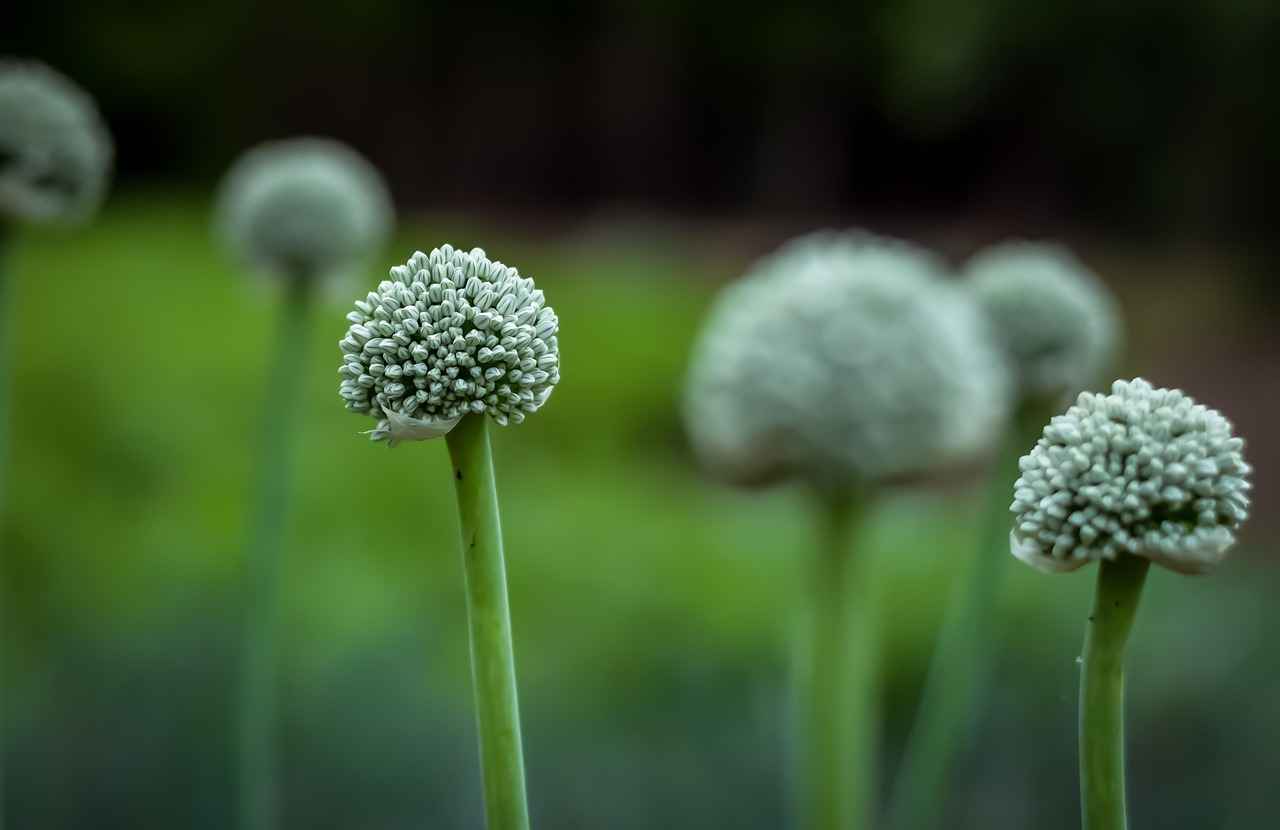
What Are Chia Seeds?
Chia seeds, derived from the Salvia hispanica plant, are tiny yet powerful seeds that have gained significant attention in the health community. These seeds are not only small in size but are also packed with an impressive array of nutrients that contribute to their status as a superfood. Their rich nutrient profile includes high levels of omega-3 fatty acids, fiber, protein, and various essential minerals, making them a valuable addition to any diet.
Chia seeds are tiny, oval-shaped seeds that come in black or white varieties. They are known for their remarkable ability to absorb water, swelling up to ten times their original size. This unique characteristic makes them an excellent source of hydration and a great addition to smoothies, puddings, and baked goods. Their mild, nutty flavor allows them to blend seamlessly into various dishes, enhancing both nutrition and taste.
Incorporating chia seeds into your diet can lead to numerous health benefits:
- Improved Digestive Health: The high fiber content in chia seeds promotes healthy digestion and regularity.
- Enhanced Heart Health: Omega-3 fatty acids support cardiovascular health by reducing inflammation and lowering cholesterol levels.
- Weight Management: Chia seeds can help with weight loss by promoting a feeling of fullness, reducing overall calorie intake.
The recommended daily intake of chia seeds typically ranges from 1 to 2 tablespoons. This amount is sufficient to reap the health benefits without overwhelming your digestive system. It’s essential to drink plenty of water when consuming chia seeds, as they absorb liquid and expand in your stomach.
While chia seeds are nutritious, overconsumption can lead to digestive issues such as bloating and gas. Moderation is key to enjoying their benefits without adverse effects. If you’re new to chia seeds, it’s advisable to start with a smaller amount and gradually increase your intake.
To avoid any discomfort, begin with a small amount, perhaps 1 teaspoon, and slowly work your way up to the recommended serving size. This gradual increase allows your body to adjust to the high fiber content effectively.
While chia seeds are generally safe for most people, some may experience allergic reactions or gastrointestinal discomfort. It’s important to be aware of these potential risks, especially if you have a history of allergies or digestive issues.
Chia seeds may interact with certain medications, particularly blood-thinning medications due to their omega-3 content. If you are on medication, it’s wise to consult with a healthcare provider before adding chia seeds to your diet.
Individuals with specific allergies, particularly to plants in the mint family, or those with gastrointestinal disorders may need to avoid chia seeds. Understanding your personal health conditions is crucial for safe consumption.
There are numerous ways to add chia seeds to your meals:
- Add them to smoothies for a nutrient boost.
- Mix them into oatmeal or yogurt for added texture.
- Use them in salads or as a topping for baked goods.
Exploring these options can significantly enhance your daily nutrient intake.
Chia seeds can be used in a variety of recipes, from chia pudding to energy bars. These recipes not only taste great but also provide a healthy dose of nutrients, making healthy eating enjoyable and varied.
Yes, chia seeds can be a versatile ingredient in baking. They can serve as a binding agent or even as an egg substitute. Understanding their culinary uses can expand your cooking repertoire, allowing for healthier versions of your favorite baked goods.

Health Benefits of Chia Seeds
Chia seeds, the tiny powerhouses of nutrition, have gained significant attention for their numerous health benefits. These seeds, derived from the Salvia hispanica plant, are not only rich in essential nutrients but also offer a variety of advantages for overall health. In this section, we will delve into the remarkable health benefits of chia seeds, highlighting how they can positively impact your well-being.
One of the most notable benefits of chia seeds is their ability to promote digestive health. Chia seeds are packed with dietary fiber, with approximately 11 grams of fiber per ounce. This high fiber content aids in digestion by promoting regular bowel movements and preventing constipation. Additionally, when chia seeds are soaked in water, they expand and form a gel-like consistency, which can help to soothe the digestive tract and enhance gut health.
Chia seeds are a fantastic source of omega-3 fatty acids, which are essential for maintaining heart health. These healthy fats help to reduce inflammation, lower blood pressure, and improve cholesterol levels. Regular consumption of chia seeds may help decrease the risk of heart disease by promoting a healthy cardiovascular system. Research indicates that incorporating chia seeds into your diet can lead to lower triglyceride levels and improved overall heart function.
For those looking to manage their weight, chia seeds can be a valuable addition to your diet. The combination of high fiber and protein content in chia seeds can help you feel fuller for longer, reducing the likelihood of overeating. When consumed, chia seeds absorb water and expand in the stomach, creating a sense of satiety. This natural appetite suppressant can assist in weight management efforts when combined with a balanced diet and regular exercise.
Chia seeds are nutrient-dense and provide a wide array of vitamins and minerals. They are an excellent source of calcium, magnesium, and phosphorus, which are vital for maintaining strong bones and teeth. Furthermore, chia seeds contain antioxidants that help combat oxidative stress in the body, contributing to overall health and wellness.
Incorporating chia seeds into your daily meals is easy and versatile. Here are some practical tips:
- Add chia seeds to your smoothies for an extra nutrient boost.
- Mix them into your oatmeal or yogurt for added texture and nutrition.
- Use chia seeds as an ingredient in baked goods, such as muffins or bread.
- Create a delicious chia pudding by soaking them in milk or a dairy-free alternative overnight.
By understanding the numerous health benefits of chia seeds, you can make informed decisions about incorporating them into your diet. From improved digestive health to enhanced heart function, these tiny seeds pack a powerful punch of nutrition that can support your overall well-being.
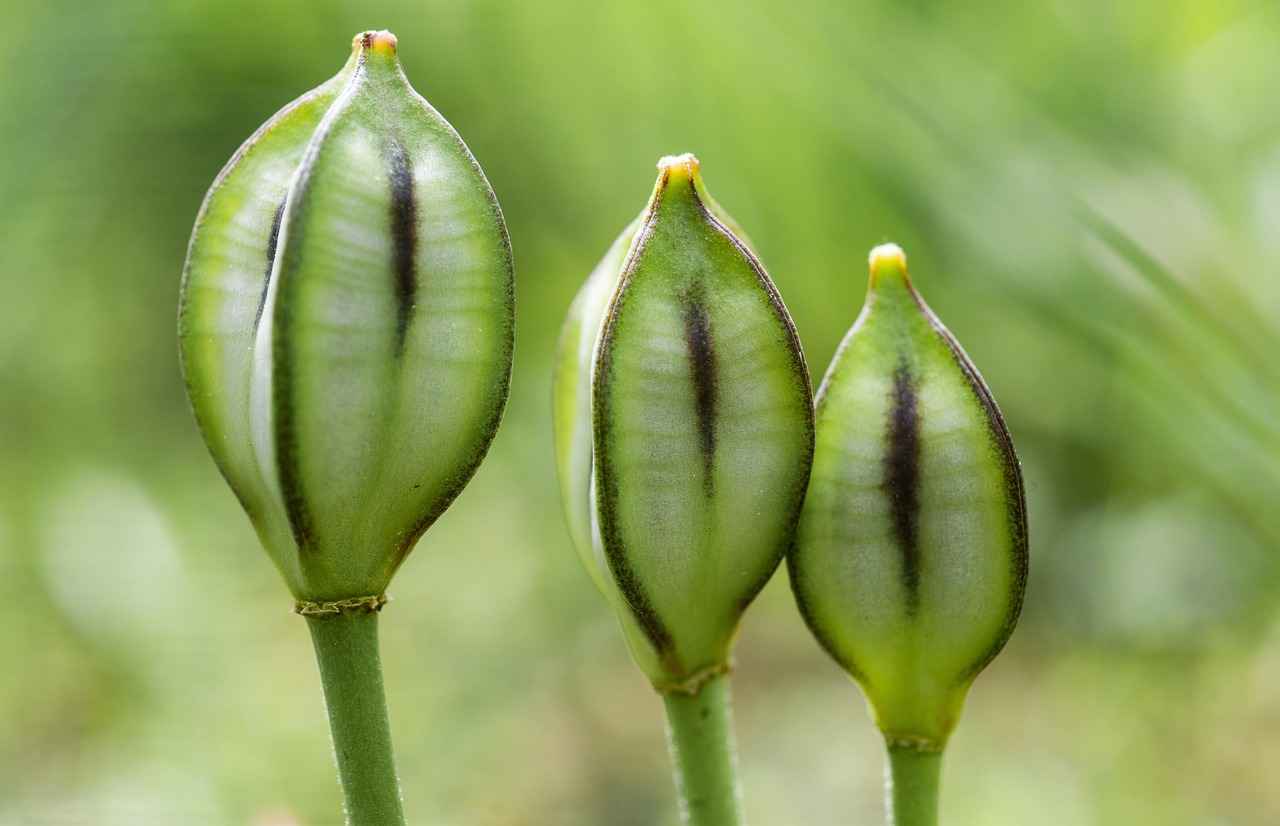
How Many Chia Seeds Should You Consume Daily?
Chia seeds have gained immense popularity in recent years due to their numerous health benefits and versatility in various diets. However, many people often wonder, how many chia seeds should you consume daily? Understanding the right amount can help you maximize the benefits while avoiding any potential digestive discomfort.
The recommended daily intake of chia seeds typically ranges from 1 to 2 tablespoons. This quantity is generally considered safe and effective for most individuals. Consuming this amount allows you to enjoy the rich nutrient profile of chia seeds, which includes omega-3 fatty acids, fiber, protein, and various essential minerals.
While chia seeds are packed with nutrients, moderation is key. Consuming more than the recommended amount can lead to digestive issues such as bloating, gas, and discomfort. Chia seeds are high in fiber, and suddenly increasing fiber intake can overwhelm your digestive system. Therefore, sticking to 1 to 2 tablespoons helps you reap the benefits without adverse effects.
- Smoothies: Add a tablespoon of chia seeds to your morning smoothie for an extra nutritional boost.
- Oatmeal: Stir chia seeds into your oatmeal for added texture and health benefits.
- Baking: Use chia seeds in baked goods as a nutritious ingredient or as an egg substitute.
- Chia Pudding: Mix chia seeds with milk or a milk alternative and let them sit overnight for a delicious breakfast or snack.
If you’re looking to increase your chia seed intake, it’s best to do so gradually. Start with half a tablespoon and slowly work your way up to the recommended amount. This gradual increase allows your digestive system to adapt to the additional fiber without causing discomfort.
While chia seeds are generally safe for most people, consuming too many can lead to gastrointestinal issues. Symptoms may include bloating, diarrhea, or constipation. Additionally, those with certain health conditions or allergies should consult a healthcare provider before making significant changes to their diet.
Individuals with specific allergies, such as those to sesame seeds or other similar seeds, should approach chia seeds with caution. Additionally, people on blood-thinning medications should consult their healthcare provider, as chia seeds are high in omega-3 fatty acids, which can interact with these medications.
In conclusion, incorporating chia seeds into your diet can provide numerous health benefits, but it’s crucial to consume them in moderation. The recommended daily intake of 1 to 2 tablespoons strikes a balance between enjoying their nutritional benefits and avoiding digestive discomfort. By understanding how to incorporate chia seeds effectively into your meals, you can enhance your overall health and well-being.
What Happens If You Eat Too Many Chia Seeds?
Chia seeds are often hailed as a superfood due to their numerous health benefits, but like any food, moderation is key. Overconsuming these tiny seeds can lead to a range of digestive issues that can be uncomfortable and disruptive. Understanding the potential consequences of excessive chia seed intake is crucial for anyone looking to incorporate them into their diet.
One of the primary concerns associated with eating too many chia seeds is digestive discomfort. Chia seeds are rich in fiber, which is beneficial for digestive health, but consuming them in excessive amounts can overwhelm your digestive system. This can result in symptoms such as:
- Bloating: The high fiber content can cause your stomach to feel full and distended.
- Gas: Fermentation of excess fiber in the gut can lead to increased gas production.
- Constipation: In some cases, too much fiber without adequate hydration can lead to constipation.
To enjoy the benefits of chia seeds without experiencing these adverse effects, it is recommended to start with a small amount and gradually increase your intake. Starting with 1 teaspoon and slowly moving up to 1-2 tablespoons can help your body adjust to the fiber content.
Another important aspect to consider is the hydration factor. Chia seeds absorb a significant amount of water—up to 12 times their weight—when soaked. If you consume large quantities of dry chia seeds without enough fluids, they can expand in your stomach, leading to potential choking hazards or digestive blockages. Therefore, it’s essential to ensure you are drinking plenty of water when incorporating chia seeds into your diet.
Moreover, while chia seeds are generally safe for most people, individual tolerance levels can vary. Some individuals may experience allergic reactions or heightened gastrointestinal discomfort even with moderate consumption. If you notice any adverse reactions after consuming chia seeds, it may be wise to consult with a healthcare professional.
In summary, while chia seeds can be a nutritious addition to your diet, overconsumption can lead to various digestive issues. To maximize their benefits, it’s crucial to consume them in moderation, stay hydrated, and listen to your body. By doing so, you can enjoy the health benefits of chia seeds without the unpleasant side effects.
How to Gradually Increase Your Chia Seed Intake?
When incorporating chia seeds into your diet, it’s essential to do so thoughtfully to maximize their benefits while minimizing any potential digestive discomfort. Chia seeds are rich in fiber, which can be a significant adjustment for your digestive system. Therefore, starting with a small amount and gradually increasing your intake is a practical approach.
Chia seeds contain a high level of soluble fiber, which can absorb water and expand in your stomach. For those who are not accustomed to a high-fiber diet, this can lead to feelings of bloating, gas, or even stomach cramps. By introducing chia seeds slowly, you allow your digestive system to adapt to the increased fiber content.
- Start Small: Begin with just half a teaspoon of chia seeds per day. This small amount will help your body adjust without overwhelming it.
- Monitor Your Body’s Response: Pay attention to how your body reacts. If you experience any discomfort, consider reducing the amount until your body adjusts.
- Increase Gradually: After a week of consuming half a teaspoon without issues, increase your intake to one teaspoon per day. Continue to monitor your body’s reaction.
- Reach Recommended Levels: Once your body has adjusted to one teaspoon, you can gradually work your way up to the recommended daily intake of 1 to 2 tablespoons.
To make the transition even smoother, consider these practical tips:
- Soak Before Consuming: Soaking chia seeds in water or another liquid for at least 30 minutes before eating can help reduce their potential to cause digestive discomfort. This process allows the seeds to expand and become gel-like, making them easier to digest.
- Add to Smoothies: Blending chia seeds into smoothies can be a delicious way to incorporate them into your diet without feeling overwhelmed by their texture.
- Mix with Yogurt or Oatmeal: Stirring chia seeds into yogurt or oatmeal can add a nutritious boost to your breakfast while allowing you to control the amount you consume.
As you increase your chia seed intake, it’s vital to listen to your body. If you notice any signs of discomfort, such as bloating or gas, consider reducing the amount and increasing it more slowly. Additionally, staying hydrated is crucial when consuming high-fiber foods like chia seeds, as it aids digestion and helps prevent constipation.
If you have any pre-existing health conditions or concerns about increasing your fiber intake, consulting with a healthcare professional or a registered dietitian is always wise. They can provide personalized advice tailored to your specific needs and health goals.
In summary, gradually increasing your chia seed intake is a safe and effective way to enjoy their numerous health benefits. By starting small and listening to your body, you can incorporate these nutrient-dense seeds into your diet without discomfort.
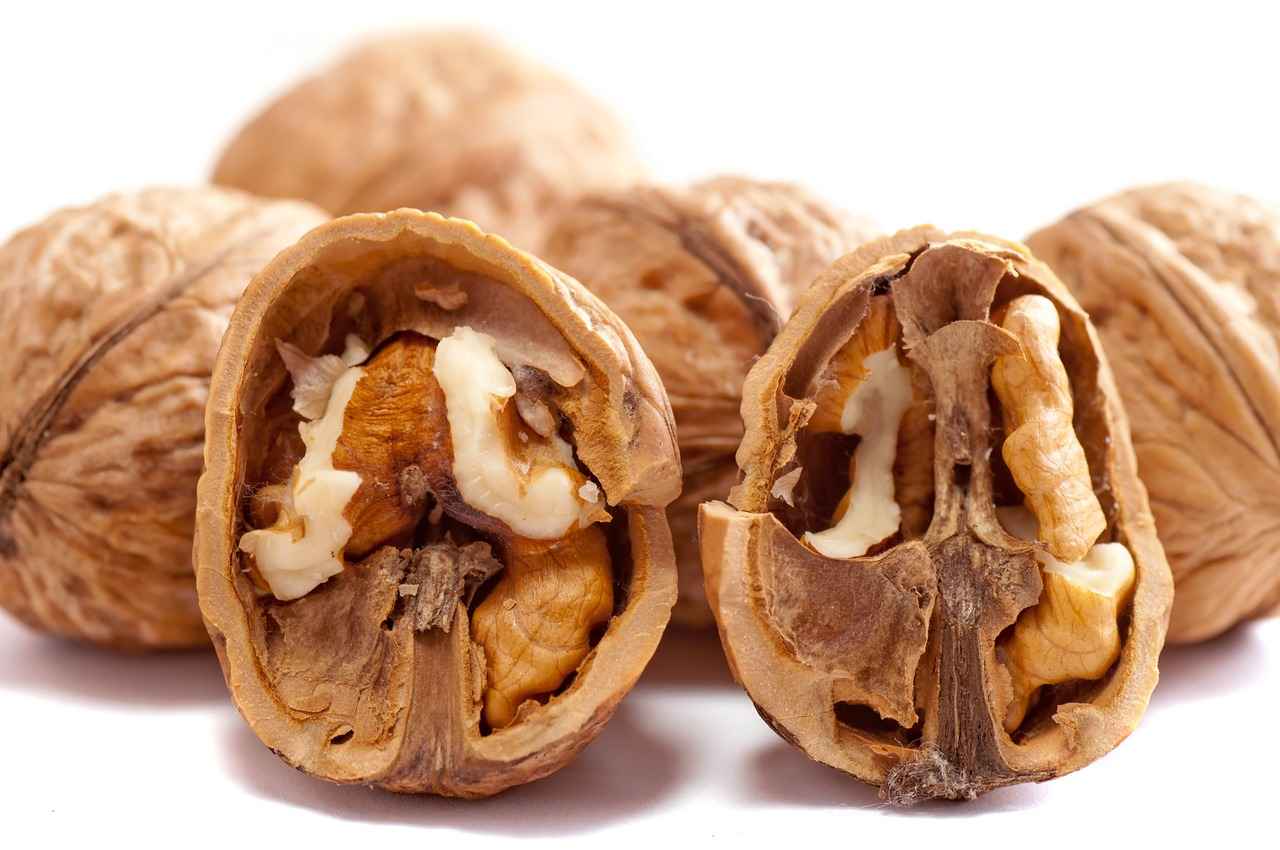
Are There Any Risks Associated with Chia Seeds?
Chia seeds have gained immense popularity due to their numerous health benefits and nutritional value. However, as with any food, it is important to be aware of potential risks associated with their consumption. Understanding these risks can help individuals make informed decisions about incorporating chia seeds into their diets.
While chia seeds are generally considered safe for most people, some individuals may experience allergic reactions. Symptoms can range from mild to severe and may include:
- Skin rashes
- Itching or swelling
- Difficulty breathing
If you have a known allergy to other seeds, such as flaxseeds or sesame seeds, it is advisable to approach chia seeds with caution and consult a healthcare professional before including them in your diet.
Chia seeds are rich in fiber, which can be beneficial for digestive health. However, overconsumption can lead to gastrointestinal discomfort, including:
- Bloating
- Gas
- Diarrhea
To mitigate these issues, it is recommended to start with a small amount, such as 1 teaspoon per day, and gradually increase intake to allow your digestive system to adjust to the increased fiber content.
Chia seeds are high in omega-3 fatty acids, which can have a blood-thinning effect. This poses a potential risk for individuals taking anticoagulant medications, such as warfarin or aspirin. Consulting with a healthcare provider is crucial if you are on medication and considering adding chia seeds to your diet. They can guide you on safe consumption levels to avoid any adverse interactions.
Certain populations may need to avoid chia seeds altogether. This includes:
- Individuals with known seed allergies
- People with gastrointestinal disorders, such as irritable bowel syndrome (IBS)
For those with these conditions, consuming chia seeds could exacerbate symptoms and lead to discomfort. Always consult with a healthcare provider regarding your specific health needs.
If you decide to include chia seeds in your diet, consider the following tips to ensure safe consumption:
- Start Small: Begin with a small amount to gauge your body’s response.
- Stay Hydrated: Drink plenty of water, as chia seeds absorb liquid and can expand in your stomach.
- Mix Well: Incorporate chia seeds into smoothies or yogurt to help with digestion.
In summary, while chia seeds offer many health benefits, it is essential to be aware of the potential risks associated with their consumption. By understanding these risks and taking appropriate precautions, individuals can enjoy the nutritional advantages of chia seeds safely.
Can Chia Seeds Interact with Medications?
Chia seeds, derived from the Salvia hispanica plant, are celebrated for their impressive nutritional profile, which includes a high concentration of omega-3 fatty acids, fiber, and antioxidants. While they offer numerous health benefits, it is crucial to understand that these seeds can potentially interact with certain medications, particularly blood thinners. This interaction is primarily due to their omega-3 content, which can have a natural blood-thinning effect.
Understanding Omega-3 Fatty Acids
Omega-3 fatty acids are essential fats that play a vital role in heart health and reducing inflammation. Chia seeds are one of the richest plant-based sources of these fatty acids, which can be beneficial for overall health. However, for individuals taking anticoagulant medications, such as warfarin or aspirin, the addition of chia seeds to their diet could potentially enhance the effects of these drugs, leading to an increased risk of bleeding.
Consulting with Healthcare Providers
Before adding chia seeds to your diet, it is important to consult with a healthcare provider, especially if you are currently on medication. A healthcare professional can provide personalized advice based on your medical history and current medications. They may recommend monitoring your blood levels or adjusting your medication dosage to ensure safety.
Who Should Be Cautious?
- Individuals on blood-thinning medications
- People with bleeding disorders
- Those preparing for surgery or dental procedures
Potential Benefits of Chia Seeds
Despite the potential interactions, chia seeds can offer significant health benefits when consumed appropriately. They are known to improve digestive health, support heart health, and assist in weight management due to their high fiber content. Therefore, it is essential to weigh the benefits against the risks and consider individual health circumstances.
How to Safely Incorporate Chia Seeds
If you are cleared by your healthcare provider to include chia seeds in your diet, it is advisable to start with small amounts. A typical serving is about 1-2 tablespoons per day. Gradually increasing your intake allows your body to adjust to the high fiber content, minimizing the risk of digestive discomfort.
Monitoring Your Health
Regular check-ups and blood tests can help monitor any potential interactions between chia seeds and medications. Keeping an open line of communication with your healthcare provider about any changes in your diet or health status is essential for safe consumption.
Conclusion
In summary, chia seeds can be a nutritious addition to your diet, but caution is warranted for those on blood-thinning medications. Always consult a healthcare provider before making dietary changes, particularly when it comes to incorporating chia seeds. By doing so, you can enjoy the health benefits of chia seeds while ensuring your safety and well-being.
Who Should Avoid Chia Seeds?
When it comes to incorporating chia seeds into your diet, it’s essential to recognize that they may not be suitable for everyone. While these tiny seeds are packed with nutrients and offer numerous health benefits, certain individuals should exercise caution or even avoid them altogether. Understanding who should avoid chia seeds is crucial for maintaining optimal health.
One of the primary groups that should be cautious about chia seeds includes those with allergies. Although rare, some individuals may experience allergic reactions to chia seeds, leading to symptoms such as:
- Itching or swelling in the mouth and throat
- Skin rashes or hives
- Gastrointestinal disturbances
If you have a known allergy to other seeds, such as flaxseeds or sesame seeds, it is advisable to consult a healthcare professional before adding chia seeds to your diet.
Chia seeds are incredibly high in fiber, which can be beneficial for most individuals. However, for those with certain gastrointestinal disorders—such as irritable bowel syndrome (IBS), Crohn’s disease, or ulcerative colitis—high-fiber foods can exacerbate symptoms. These individuals may experience:
- Bloating
- Gas
- Abdominal pain
For those with these conditions, it might be best to avoid chia seeds or introduce them gradually, monitoring how your body reacts.
Chia seeds contain high levels of omega-3 fatty acids, which can have blood-thinning effects. Therefore, individuals taking anticoagulant medications, such as warfarin or aspirin, should consult their healthcare provider before consuming chia seeds. The potential for increased bleeding risk makes it essential for these individuals to assess their dietary choices carefully.
While chia seeds can offer nutritional benefits, pregnant and breastfeeding women should approach their consumption with caution. The high fiber content may lead to digestive issues, and it’s crucial to ensure that any new food introduced during this time is safe and well-tolerated. Consulting with a healthcare provider is recommended to determine the best course of action.
Chia seeds absorb liquid and expand significantly, forming a gel-like consistency. This characteristic can pose a choking hazard for individuals with swallowing difficulties or dysphagia. It’s important for these individuals to avoid chia seeds or consume them in a form that minimizes the risk, such as in smoothies where they are blended thoroughly.
In summary, while chia seeds are a nutritious addition to many diets, they are not suitable for everyone. Individuals with allergies, gastrointestinal disorders, those on specific medications, pregnant or breastfeeding women, and individuals with swallowing difficulties should exercise caution. Always consult with a healthcare provider to assess personal health conditions and determine the safest approach to incorporating chia seeds into your diet.
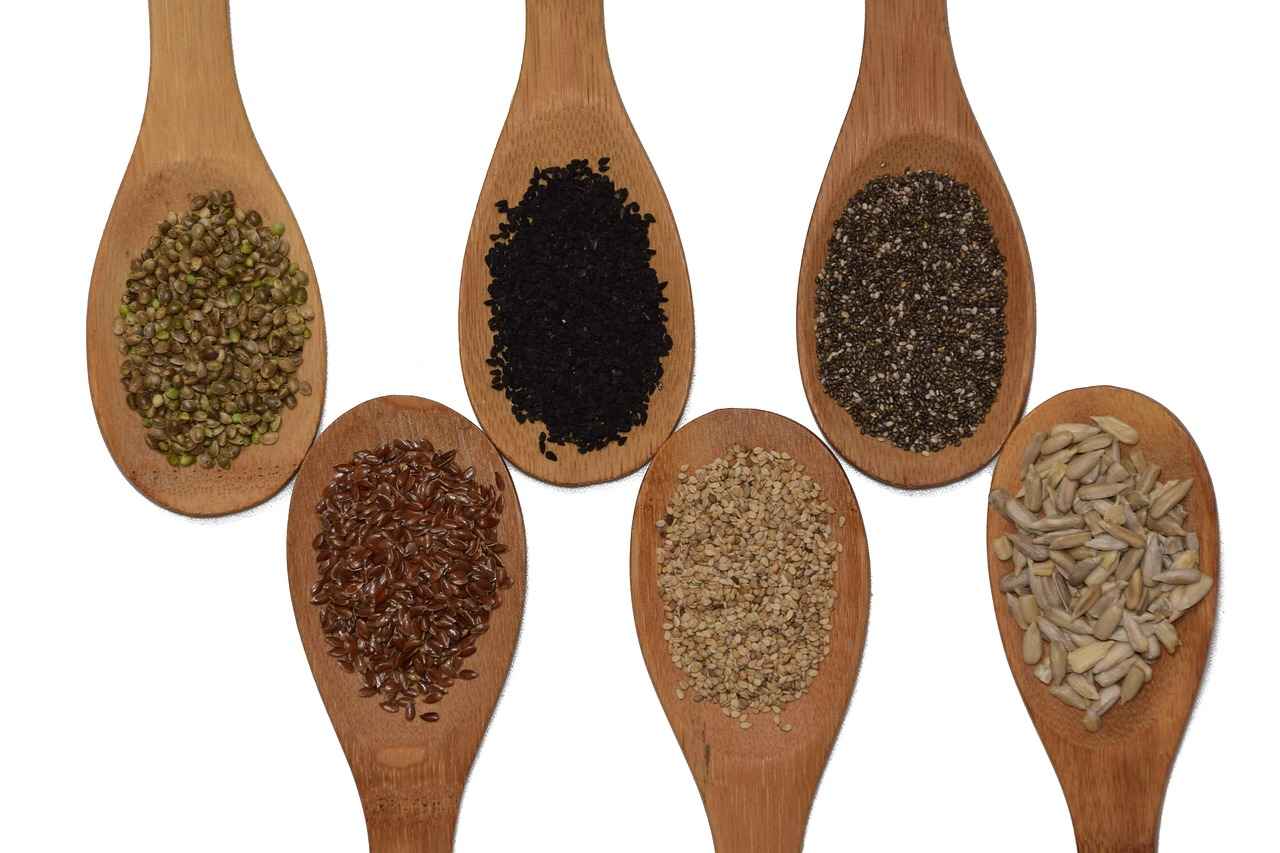
How to Incorporate Chia Seeds into Your Diet?
Incorporating chia seeds into your diet can be both easy and delicious. These tiny seeds are packed with nutrients and can enhance the nutritional profile of your meals. Here are some creative ways to add chia seeds to your daily routine:
- Smoothies: Adding chia seeds to your smoothies is a fantastic way to boost their nutritional value. Simply blend your favorite fruits, vegetables, and a tablespoon of chia seeds for a nutrient-dense drink.
- Oatmeal: Stirring chia seeds into your oatmeal not only adds texture but also increases the fiber content. Let them soak overnight for an even creamier consistency.
- Baked Goods: Incorporating chia seeds into muffins, pancakes, and bread can enhance the overall nutrient profile. They can act as a binding agent or egg substitute in vegan recipes.
- Chia Pudding: A simple and popular way to enjoy chia seeds is by making chia pudding. Mix chia seeds with your choice of milk and a sweetener, let it sit overnight, and enjoy a tasty, healthy breakfast or snack.
- Salads: Sprinkle chia seeds on top of salads for a crunchy texture and added nutrition. They pair well with leafy greens, nuts, and a variety of dressings.
- Soups and Stews: Chia seeds can be added to soups and stews as a thickening agent. They absorb liquid and create a satisfying texture.
- Energy Bars: Homemade energy bars can benefit from the inclusion of chia seeds. Combine oats, nuts, and chia seeds for a nutritious snack on the go.
Experimenting with different dishes can help you discover new favorites while ensuring you reap the health benefits of chia seeds. Their subtle flavor makes them versatile, allowing you to incorporate them into both sweet and savory meals.
Moreover, chia seeds are not only nutritious but also easy to prepare. They require minimal effort to include in your meals, making them an ideal choice for busy individuals. Start with small amounts and gradually increase your intake to allow your digestive system to adjust to the added fiber.
In conclusion, there are numerous ways to enjoy chia seeds as part of a balanced diet. By integrating them into various meals, you can enhance your nutrient intake and enjoy the myriad of health benefits they offer. From smoothies to baked goods, the possibilities are endless!
What Are Some Delicious Chia Seed Recipes?
Chia seeds have gained immense popularity in recent years, not only for their nutritional benefits but also for their versatility in various recipes. From breakfast to snacks, these tiny seeds can be incorporated into a wide range of dishes, making healthy eating both enjoyable and diverse.
One of the simplest and most popular ways to enjoy chia seeds is by making chia pudding. This dish is incredibly easy to prepare and can be customized to suit your taste. To make chia pudding, combine 3 tablespoons of chia seeds with 1 cup of almond milk (or any milk of your choice) and let it sit for at least 2 hours or overnight in the refrigerator. Add sweeteners like honey or maple syrup and top it with fresh fruits, nuts, or granola for a nutritious breakfast or snack.
Homemade energy bars are another fantastic way to incorporate chia seeds into your diet. Mix 1 cup of oats, 1/2 cup of nut butter, 1/4 cup of honey, and 1/4 cup of chia seeds in a bowl. Press the mixture into a lined baking dish and refrigerate until firm. Cut into bars for a quick, energy-boosting snack that is perfect for busy days.
Adding chia seeds to your smoothies is an excellent way to enhance their nutritional profile. Simply blend your favorite fruits, vegetables, and a tablespoon of chia seeds for a fiber-rich drink. The seeds will thicken the smoothie, giving it a satisfying texture while providing a boost of omega-3 fatty acids and protein.
Making chia seed jam is a delightful way to enjoy the flavors of your favorite fruits without added sugars. Mash 2 cups of fresh or frozen fruit and mix in 2 tablespoons of chia seeds and a sweetener if desired. Let it sit for about 30 minutes to thicken, and use it as a spread on toast or as a topping for yogurt.
For a nutritious crunch, sprinkle chia seeds on your salads. They add a delightful texture and boost the overall nutrient content. Combine them with leafy greens, veggies, nuts, and a light dressing for a wholesome meal.
Chia seeds can also be used in baking. They can serve as an egg substitute in vegan recipes. Mix 1 tablespoon of chia seeds with 2.5 tablespoons of water and let it sit for 10-15 minutes until it forms a gel-like consistency. This mixture can replace one egg in recipes for muffins, pancakes, or bread.
For a delicious breakfast option, try chia seed pancakes. Combine 1 cup of flour, 2 tablespoons of chia seeds, 1 tablespoon of baking powder, 1 cup of milk, and 1 egg (or chia egg for a vegan option). Cook on a skillet until golden brown, and serve with fresh fruits and maple syrup.
Incorporating chia seeds into your meals not only enhances the flavor but also boosts the nutritional value of your food. With these delicious recipes, you can enjoy the many benefits of chia seeds while keeping your meals exciting and varied.
Can You Use Chia Seeds in Baking?
Chia seeds are not only a superfood but also a versatile ingredient in the kitchen, particularly in baking. With their unique properties, they can serve multiple roles, enhancing both the nutritional profile and texture of baked goods.
One of the standout features of chia seeds is their ability to absorb liquid and form a gel-like consistency. This property makes them an excellent baking substitute for eggs, especially in vegan recipes. When mixed with water, chia seeds swell and create a binding agent that helps hold ingredients together, much like eggs do in traditional baking.
- To replace one egg, mix 1 tablespoon of chia seeds with 2.5 tablespoons of water.
- Allow the mixture to sit for about 10-15 minutes until it thickens.
- Add this gel to your batter as you would with a regular egg.
Incorporating chia seeds into your baked goods not only enhances their nutritional value but also adds a delightful nutty flavor. Here are some benefits:
- Increased Fiber Content: Chia seeds are rich in fiber, which aids digestion and promotes a feeling of fullness.
- Omega-3 Fatty Acids: They are an excellent plant-based source of omega-3s, contributing to heart health.
- Antioxidants: Chia seeds are packed with antioxidants, which can help combat oxidative stress in the body.
Chia seeds can be added to a variety of baked items:
- Breads: Mix chia seeds into your bread dough for added texture and nutrition.
- Muffins: Incorporate chia seeds into your muffin batter for a health boost.
- Cookies: Use chia seeds as a crunchy topping or mix them into the cookie dough for added flavor.
While chia seeds are generally safe for most people, it’s important to consider a few factors:
- Hydration: Chia seeds absorb a significant amount of water, so ensure your recipes are well-hydrated to avoid dry results.
- Flavor Balance: The nutty taste of chia seeds can complement many flavors, but be mindful of the overall balance in your recipe.
Using chia seeds in baking is a fantastic way to enhance your recipes while reaping their numerous health benefits. Whether you’re looking to substitute eggs or simply want to add a nutritious twist to your favorite treats, chia seeds can be a game-changer in the kitchen. Experimenting with these tiny seeds can lead to delicious and healthy baked goods that everyone will enjoy!
Frequently Asked Questions
- How many chia seeds should I eat daily?
The recommended daily intake of chia seeds typically ranges from 1 to 2 tablespoons. This amount helps you reap the benefits without overwhelming your digestive system.
- What happens if I eat too many chia seeds?
Eating excessive chia seeds can lead to digestive issues like bloating and gas. Moderation is key to enjoying their health benefits without side effects.
- Can chia seeds interact with medications?
Yes, chia seeds may interact with blood-thinning medications due to their omega-3 content. Always consult your healthcare provider if you’re on medication and considering adding chia seeds to your diet.
- Who should avoid chia seeds?
Individuals with specific allergies or gastrointestinal disorders may need to steer clear of chia seeds. It’s essential to understand your personal health conditions for safe consumption.
- How can I incorporate chia seeds into my diet?
Chia seeds can be added to smoothies, oatmeal, or baked goods. Get creative and discover various ways to enhance your meals with these nutrient-packed seeds!
